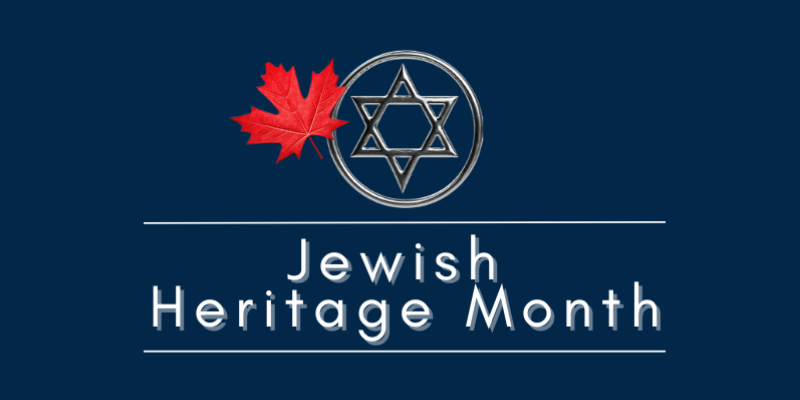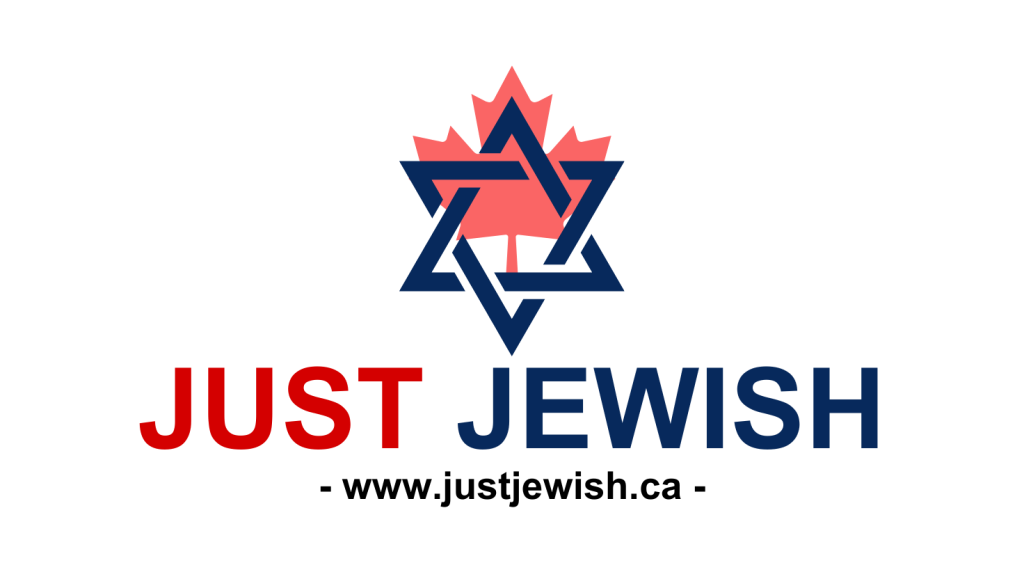An Introduction to Judaism and Judaism Videos
Have you ever wanted to understanding some of the basic concepts of Judaism? Well, look no further. We have curated a selection of videos that look into various aspects of Judaism.
A Basic Intro to Judaism
An Introduction to Judaism
There are many different views on how to define the term Jewish. There are those who view Judaism as practicing a religion, and there are those who view Judaism as a cultural identity. Of one thing there is no question: despite the differences in individual views and understandings of what it is to be Jewish, there is an undeniable connection between those who share a Jewish identity.
The Jewish Religion
Judaism is the first of the world’s documented monotheistic religions. Monotheism means that followers believe there is one G-d. Judaism’s religious precepts are rooted in the Torah, also known as The Five Books of Moses (or the Old Testament by Christians). Equally significant in the Jewish religion is the Talmud, the compilation of oral law. The Torah is the source of the Ten Commandments and provides the foundation of the Jewish religion. A Rabbi named Hillel was asked by a Roman emperor to teach him all of the Torah while standing on one leg. His answer: “That which is hateful unto you do not do to your neighbour. This is the whole of the Torah. The rest is commentary. Go forth and study. (The Talmud, Shabbat, 31a)”
There are three main streams of Judaism: Orthodox, Conservative, and Reform. The main differences between the three streams are due to interpretation of the Torah and the laws of observance and practice. For example, the orthodox stream follows very definitive interpretations of the Torah and the Talmud with specific responsibilities for men and women. The reformed stream does not differentiate between the roles of men and women in regards to the performance of responsibilities. The conservative stream can vary in their view according to the congregation and their community.
One thing that they all agree on is the significance of Shabbat, the Sabbath. According to the Torah, G-d built the world in six days and on the seventh day rested. Many Jewish people follow this example by adhering to specific religious or cultural rituals during this weekly holy day.All three streams will conduct some form of service celebrating Shabbat, though the mode and frequency of service varies according to the stream. Shabbatbegins at sunset on Friday and ends at sundown on Saturday, as the Jewish calendar is a lunar calendar. All holy days begin at sundown and end at sunset though some of them comprise multiple days.
Though Judaism begins with the Torah and with religious roots, there are vast amounts of people who connect with their Jewish identities through cultural practices.
Jewish Culture
When individuals ask one another: “What’s your religion?” the answer is usually straightforward. They will tell you that they are Jewish, Muslim, Catholic, Buddhist, etc. Ask someone about their background and you also receive a straightforward answer.
One might reply that they are Irish, Italian, Persian, or Cuban. However, if you ask a Jewish person about their background, odds are that they will respond that they are Jewish. Whereas so many others view religion and background as distinct and separate aspects of their identities, many of those who identify as Jewish do not distinguish between the two. In fact, there are many individuals who view their Jewish connection as solely cultural. Ask these individuals about their background and you are still likely to hear them respond that they are Jewish.
How is it that so many people have such a strong cultural connection? There are many long and complex answers to that question, and many differing viewpoints. Perhaps the best explanation comes from the musical Fiddler on the Roof: Tradition! Jewish traditions have their roots in religious practices, but there are many who view the traditions passed down through their families and their communities as a way of connecting to their Jewish identities.
Jewish immigrants around the world have been in a unique situation since the time of the Roman Empire. When Jewish people immigrate to a country, they are always emigrating from a place where they are a minority to a place where they will be a minority. In order to keep their connection to their identities as Jewish people, they cling strongly to the traditions of their forbearers. For some, this may be having dinner as a family every Friday night, a Shabbat dinner. Other families make it a tradition to eat potato latkes (potato pancakes) during the holiday of Chanukah (the Festival of Lights). Still others pepper their every day conversations with Jewish sayings with roots in the Yiddish language or old superstitions. Regardless of how people choose to connect with their Jewish identities, there is an undeniable bond between Jewish people throughout the world forged through tradition.

Jewish History in Canada
Jews have lived in Canada for more than 250 years, with the first recorded Jewish newcomer settling in Trois-Rivières, Quebec, in 1760. Most of the early Jewish families settled in Quebec, arriving mainly from Western and Central Europe. In 1832, 26 years before Great Britain, Quebec became the first jurisdiction in the British Empire to accord full rights to Jews.
Jewish immigrants came to Canada in far greater numbers between 1880 and 1920 arriving from Romania, Russia, Poland, Lithuania and other parts of Eastern Europe. The largest waves of immigration followed political turmoil in these countries, often accompanied by violent campaigns against Jewish citizens. Assisted by international charitable organizations, some of these new immigrants built new lives in Canada on farms in the West or in Quebec’s Laurentian Mountains.
Over time, many Jews settled and established their businesses and institutions in major Canadian cities such as Toronto, Winnipeg and Montreal. In the cities, the Jewish population often began working as peddlers, later building their own small businesses. Many went into the textile industry.
By 1924, immigration restrictions made it more difficult for Jews to enter Canada, a situation that lasted until after World War II. Despite the efforts of Jewish agencies such as the Canadian Jewish Congress, few Jewish refugees were admitted to Canada during the Holocaust, a result of the infamous “none is too many” immigration policy for Jews. Between 1933 and 1948, only 5,000 Jewish refugees were admitted to Canada, the lowest number of any Western country.
When Canada finally opened its doors to post-War immigrants, thousands of Holocaust survivors, displaced from various European countries, came to settle in Canada. More than 12,000 settled in Montreal and approximately 8,000 in Toronto.
In the years that followed, arrivals of large groups of Jewish immigrants were usually tied to political conditions in their home countries. Many Hungarian Jews arrived after the 1956 revolution. Many Jewish refugees from Iraq and Egypt came to Canada during the 1950s, followed by a wave of Romanian Jews in the 1960s. Starting in the 1970s, Jews from the Soviet Union began to arrive, initially in small groups and often as a result of Canadian advocacy efforts. The cultural and linguistic character of the Jewish community of Montreal started to change in the late 1960s with the influx of francophone Sephardic Jews from France and North Africa.
Throughout the 1970s and 1980s, immigration from North Africa, especially Morocco, became the predominant new Jewish immigrant group in Quebec, with their French-language background facilitating their successful integration into Québec society. This group now constitutes a sizeable proportion of Montreal’s Jewish population.
Political and economic factors have continued to influence trends in Jewish immigration to Canada in recent years. Since 1990, new immigrants from the countries of the former Soviet Union have significantly changed the face of the Canadian Jewish community.
Judaism Videos
Note: All content rights belong to the original creators. The perspectives on Judaism presented here reflect a range of viewpoints and may not be universally accepted within the Jewish community. However, each one is shared with a deep love for Judaism and the Jewish people.

